The first ever Honda City Hatchback has big shoes to fill.
The Honda City Hatchback is the replacement to the much-loved Jazz. Many have asked what happened to the Jazz, and why this change was necessary. Well, in a nutshell, the Jazz (known as the Fit in other markets) of this generation has been designed specifically for the European and Japanese markets, where market realities are fast changing.
In South East Asia, customers are still looking for simpler, more practical hatchbacks, so it made more sense to create hatchback variant of the City for this generation and this region.
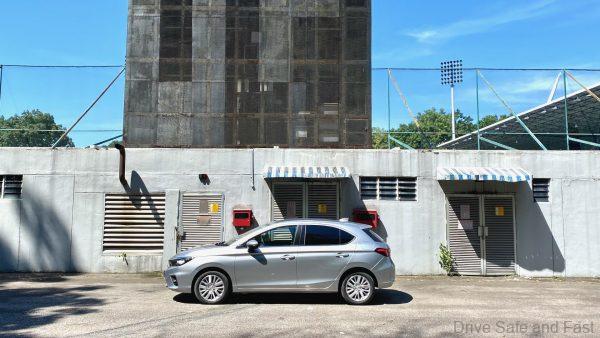
In a way, the City Hatchback is exactly what it sounds like – a 5-door version of the City sedan. Compared to the City sedan, the City Hatchback’s biggest trump card is the Ultra Seats. So while you get a much smaller boot (289L versus 519L), you have more versatility.
The rear seats flip up for tall items like plants in vases. They also fold down for items like flat-packed furniture and more. Another thing you miss out on with the Hatchback model are the rear air cond vents. Some customers just prefer the smaller package of this 5-door model and it is indeed a lot easier to navigate through tight car parks.
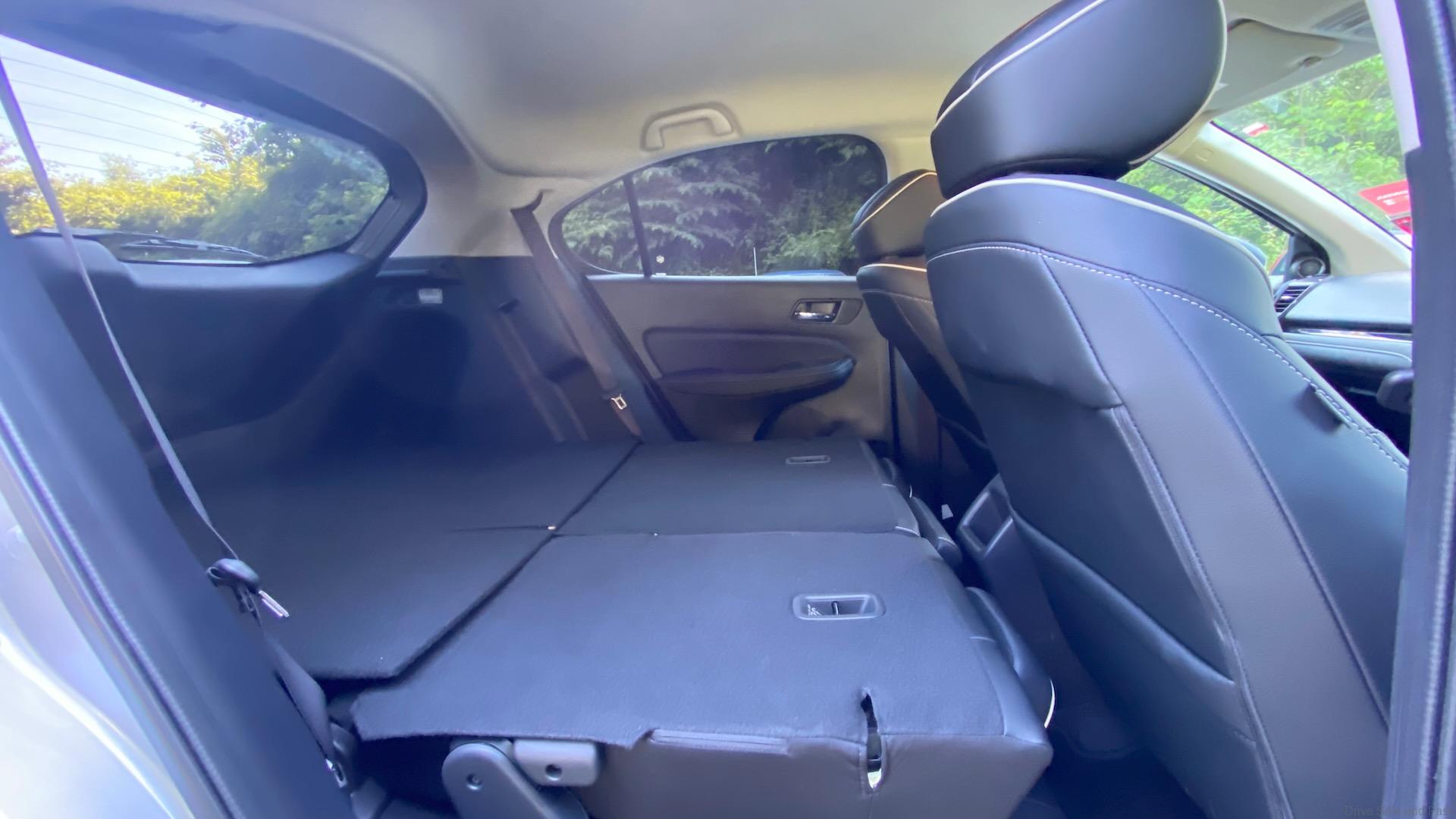
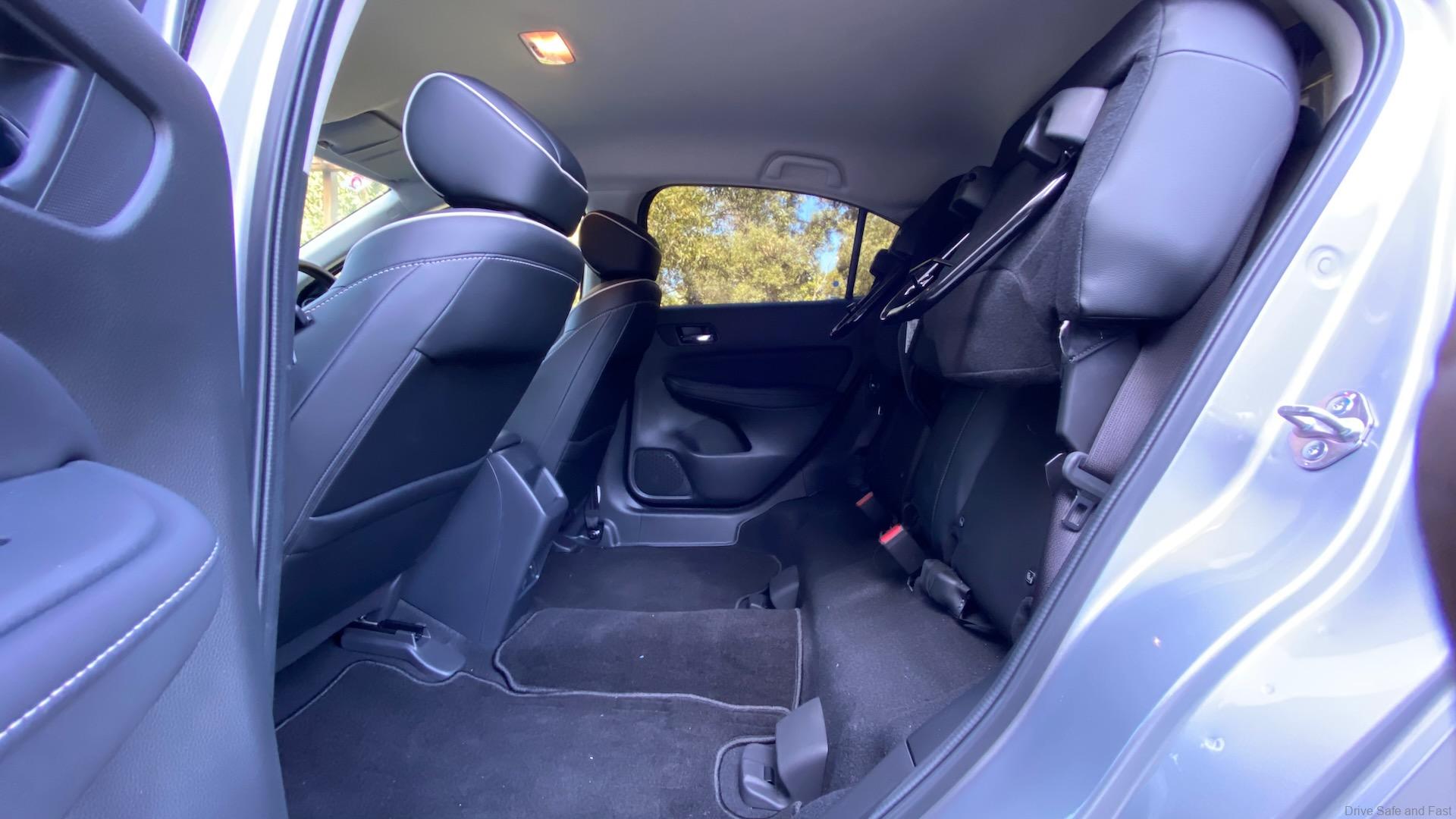






Rear passengers still get some nice and sizeable storage bins and the door cards are still lined in leather with contrast stitching. It doesn’t feel like Honda neglected this space. Rear occupants also get treated to a couple of 12V/180W sockets for charging.
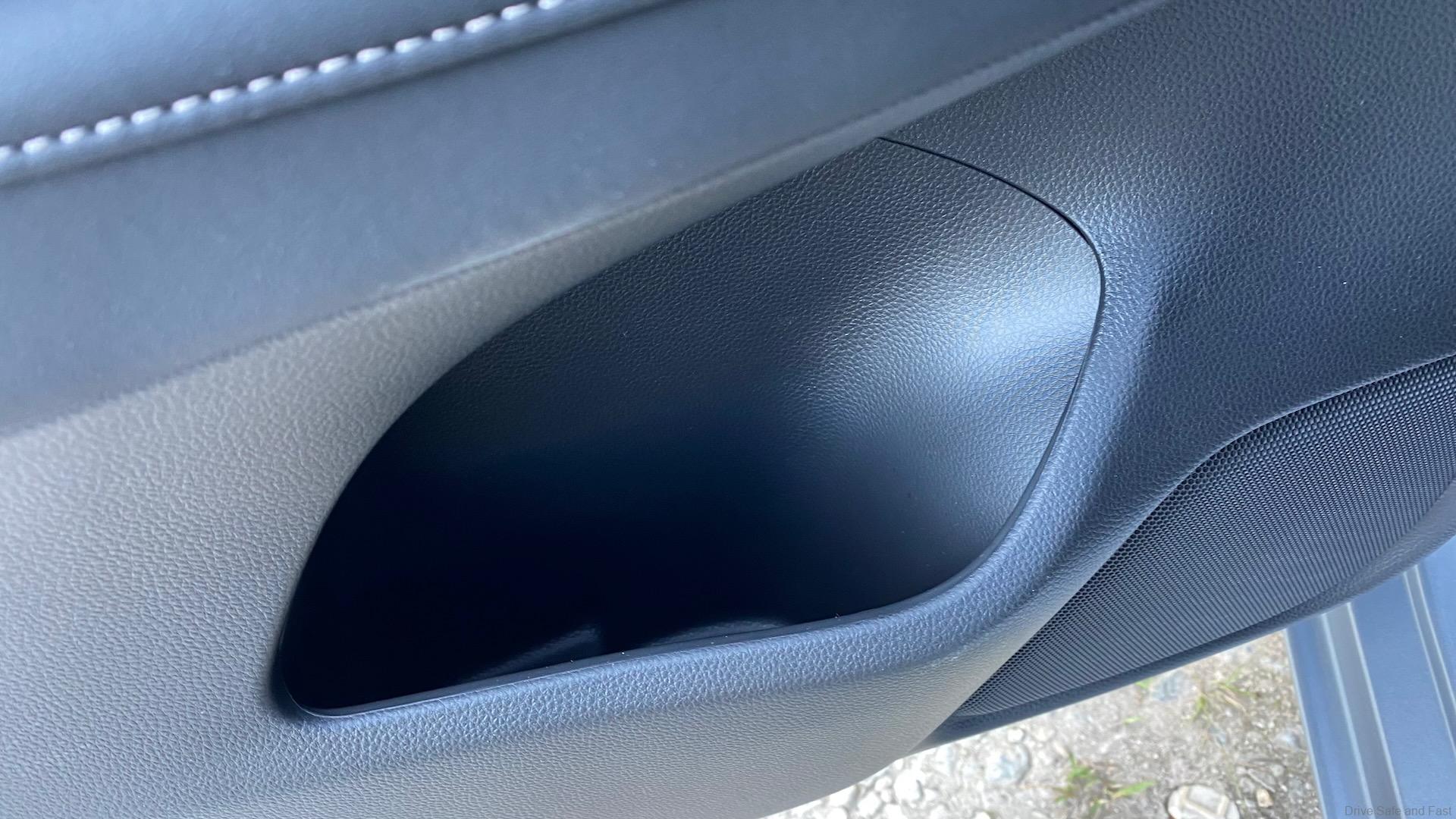


Compared to the previous Jazz 1.5 V, the City Hatchback offers a significant number of upgrades though. This ranges from the the full leather upholstered interior, which replaces the fabric-leather interior of its predecessor. It’s also a larger and more ergonomic vehicle than the last car especially for rear occupants.
Other nice-to-haves include LED reflector headlights (versus halogens before), front foglamps, an 8″ infotainment unit with Apple CarPlay/Android Auto (versus 7″ without), Remote Start and an upmarket auto climate control interface.
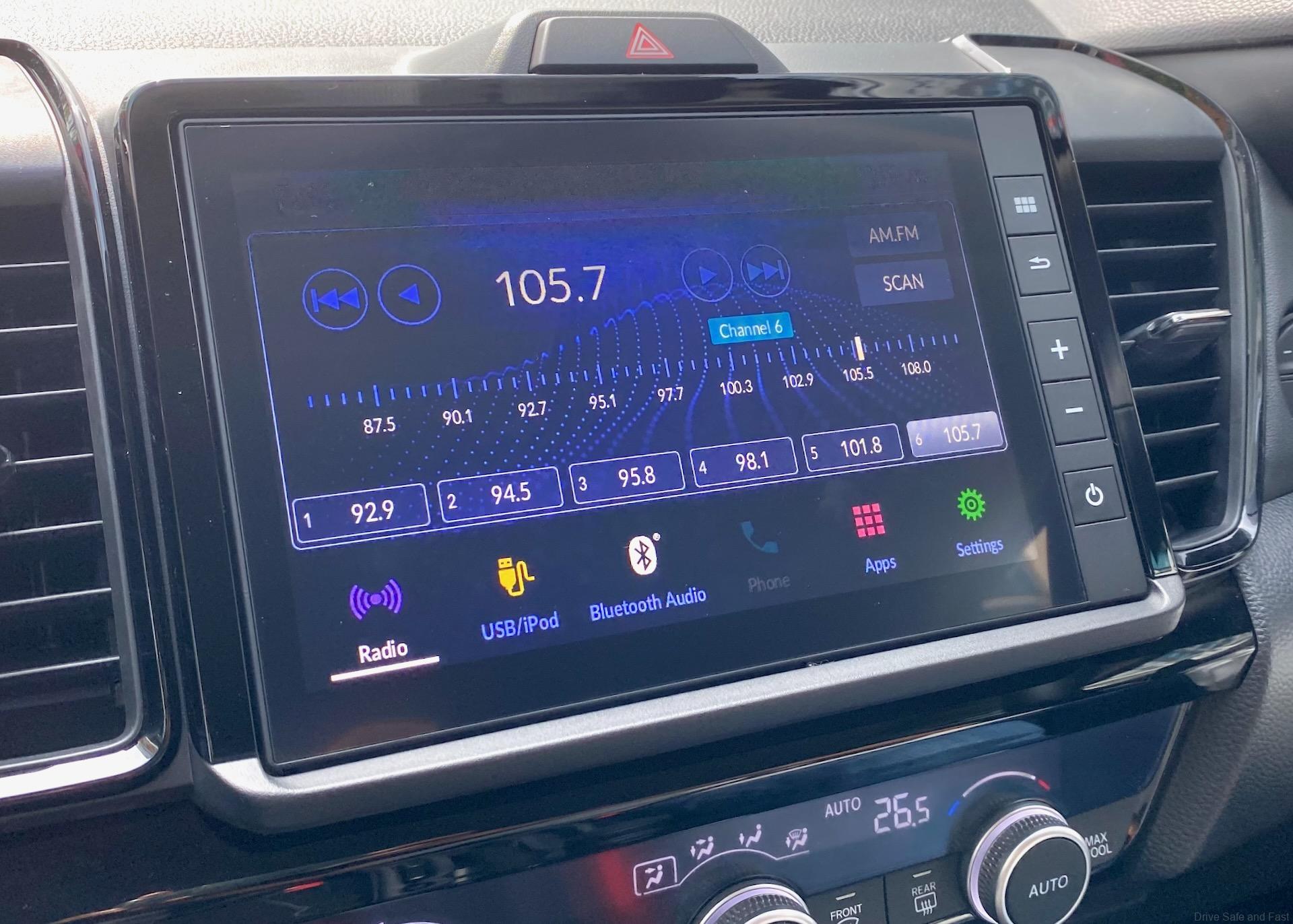
The biggest change is the introduction of Honda Sensing features on this 1.5 V model as an option. Our test model did not come with this, but it is indeed available from the showroom with ADAS for RM95,600.
Compared to the RS e:HEV model, this petrol powered City Hatchback is styled a little less aggressively. In place of glossy black plastics, you get chrome finished bits.



Instead of red accents, you have plain old black leather with white contrast stitching and light grey piping. It’s a nice place to be and feels like an upgrade over the local B-segment hatch offerings. Honda’s steering wheel is also the best to hold in the segment with the best use of material and ergonomics.
This multifunction steering wheel has audio and HFT controls on the left side and cruise controls on the right side. It also comes with paddle shifters for those looking for a sportier drive. There’s no drive mode selector on this model but there is an ECON mode. Honda LaneWatch is also present in the City Hatchback 1.5 V.
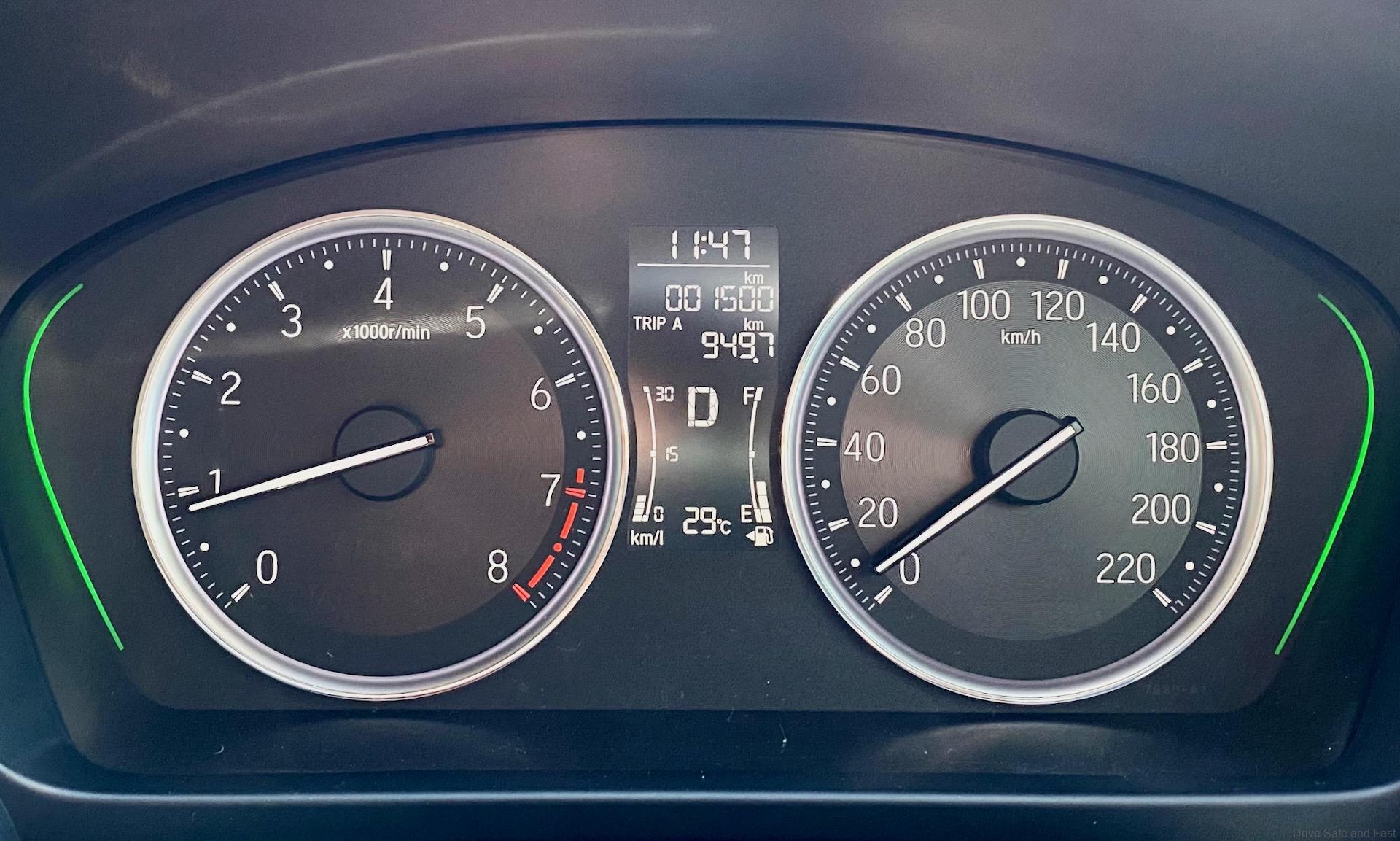






Again, this cabin is an extremely ergonomic one. Storage spaces in the front are class leading in the segment.
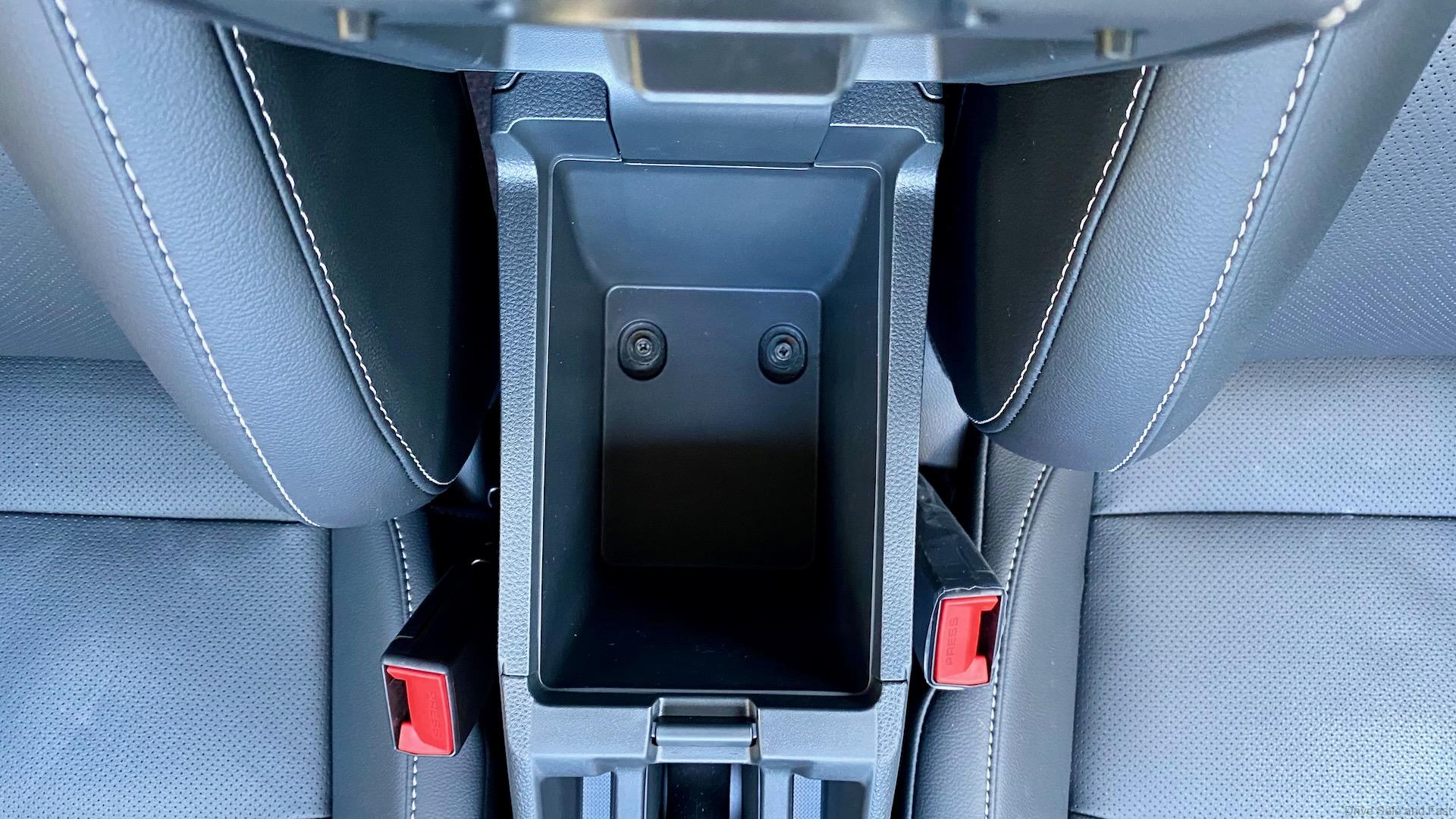





We have to talk about styling. The City Hatchback was a little polarising when it first debuted. Some said it was derivative of the current A-Class Hatch. However, over time, Malaysians have come to embrace the Honda City Hatchback’s looks.
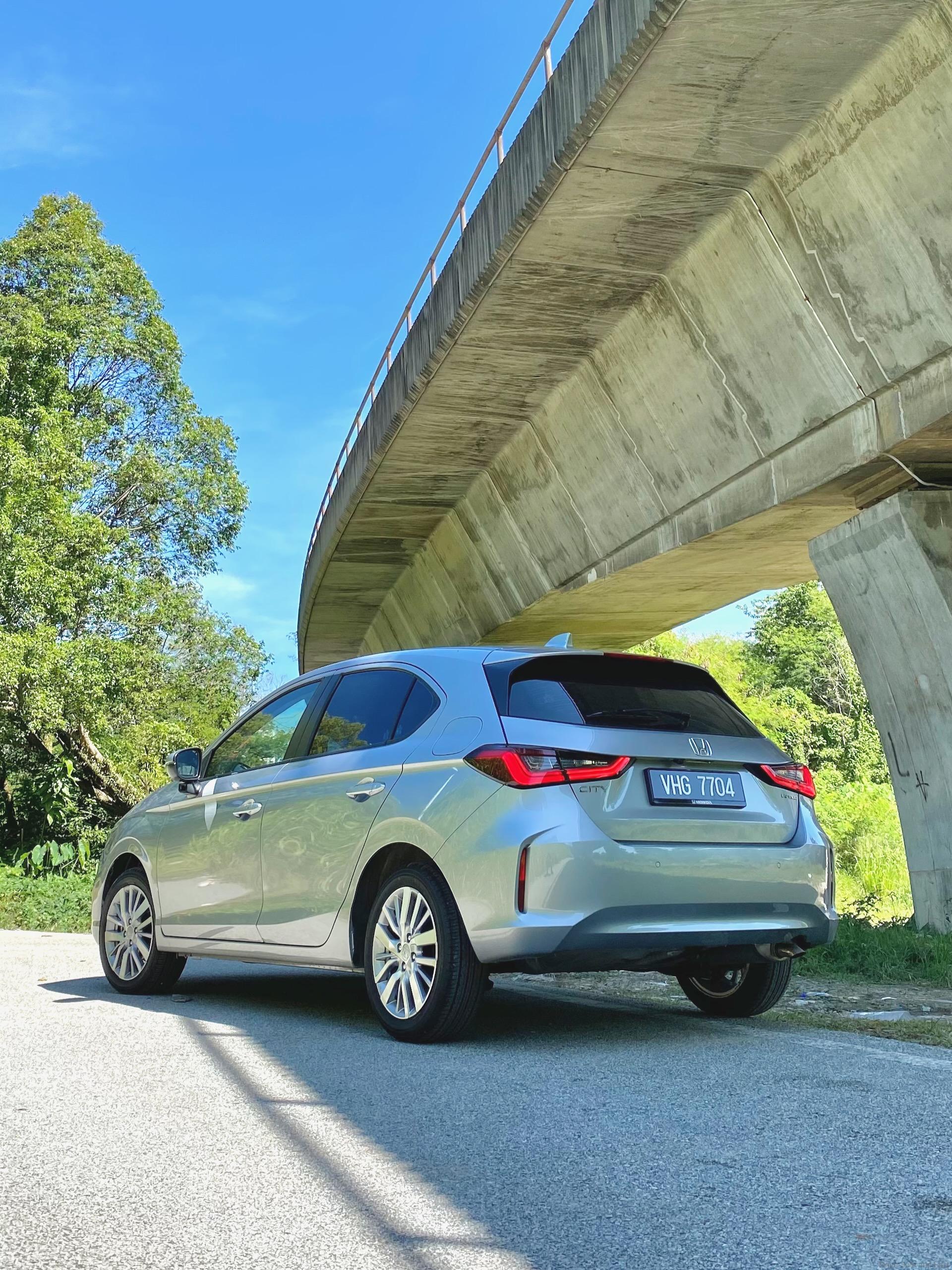
Without the RS bodykit, the City Hatchback still looks smart and tidy. It looks even neater than the Jazz that it replaces but the single-tone alloy wheels do make it look a little dated and plain, and that’s the biggest drawback on this specification.
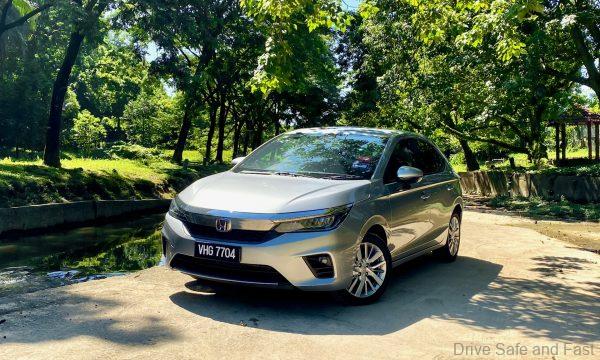
From the front, the City Hatchback is practically indistinguishable from its 4-door counterpart. It’s a handsome look that shows clear ‘Honda’ genes with its protruding chrome grille garnish and LED reflector headlights. Lines here are tidy with just a hint of aggression, but without the RS bits the car doesn’t quite stand out from the crowd. Still, it’s handsome enough for the average Malaysian household.
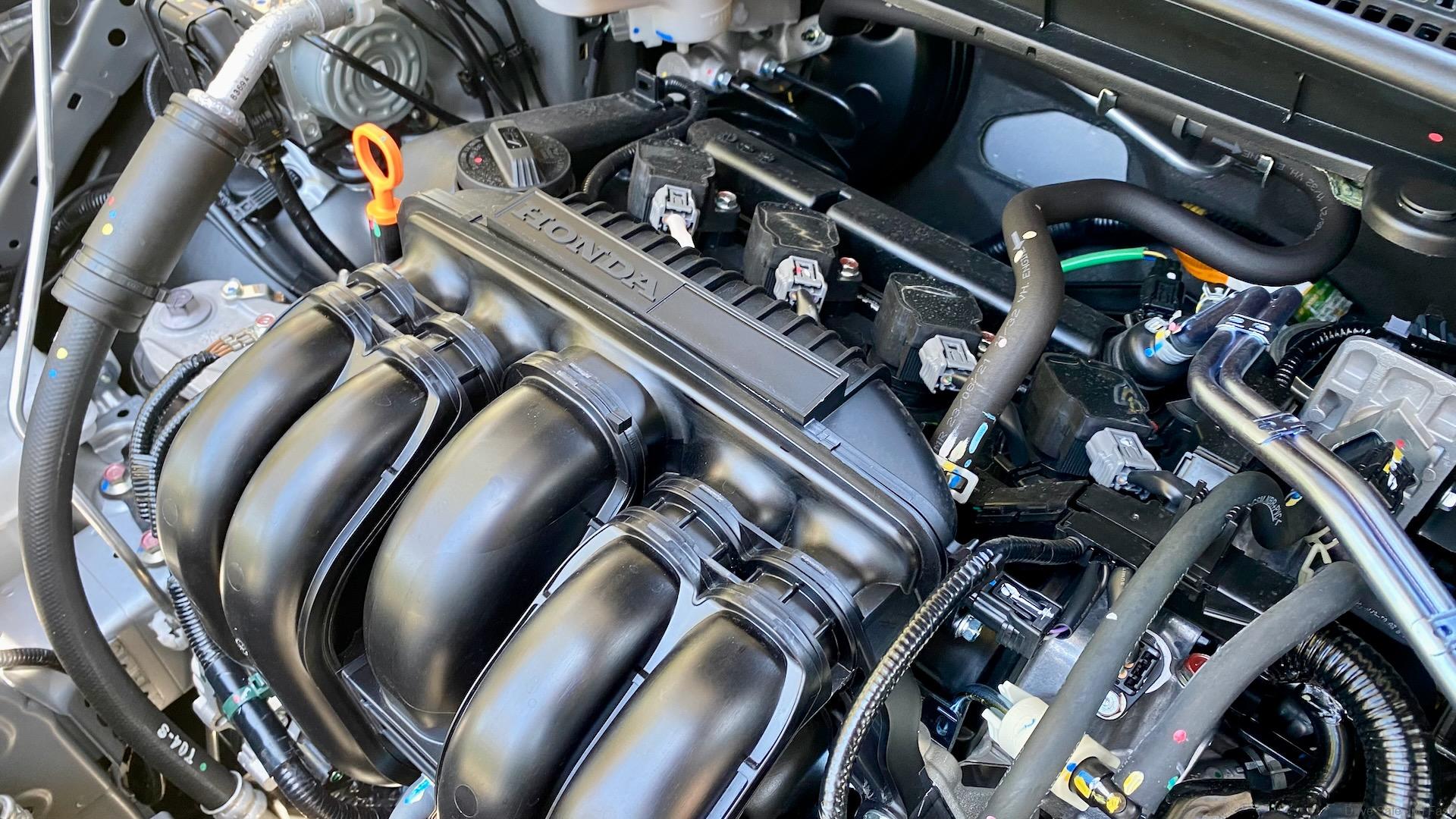
Powering this little 5-seater is a new 1.5-litre DOHC 16-valve i-VTEC engine with direct injection. Versus the outgoing model figures haven’t changed much, but the tuning is much more aggressive now with torque coming in faster. Fuel efficiency is improved too, but by single digit percentages.
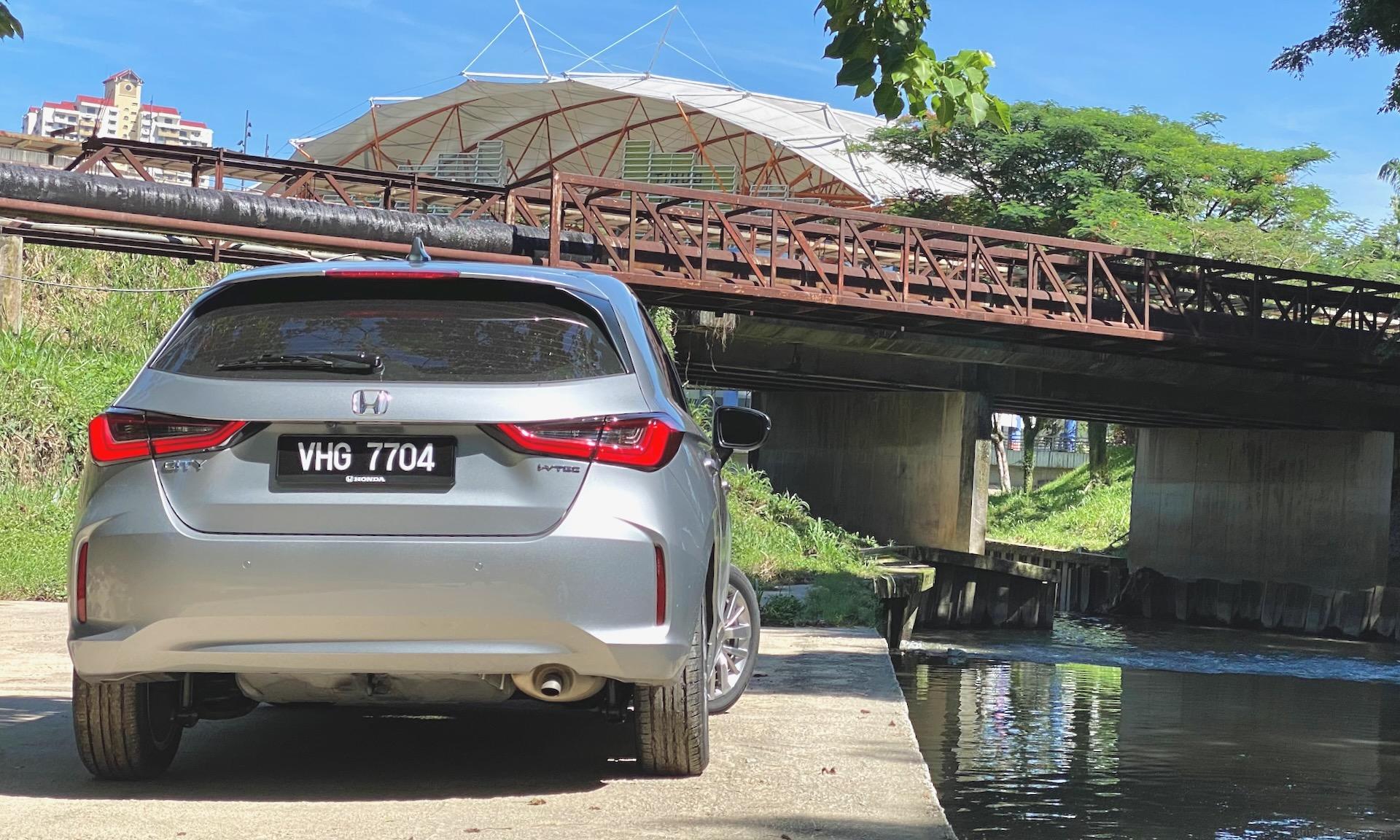
Overall, I think the City 1.5 V is a pretty good product, especially with Sensing. It serves as an upgrade over the Perodua Myvi with better ergonomics, and a more aggressive and better tuned powertrain plus a more versatile set of rear seats. Buy with confidence if you’re shopping below 6 figures for a small car.
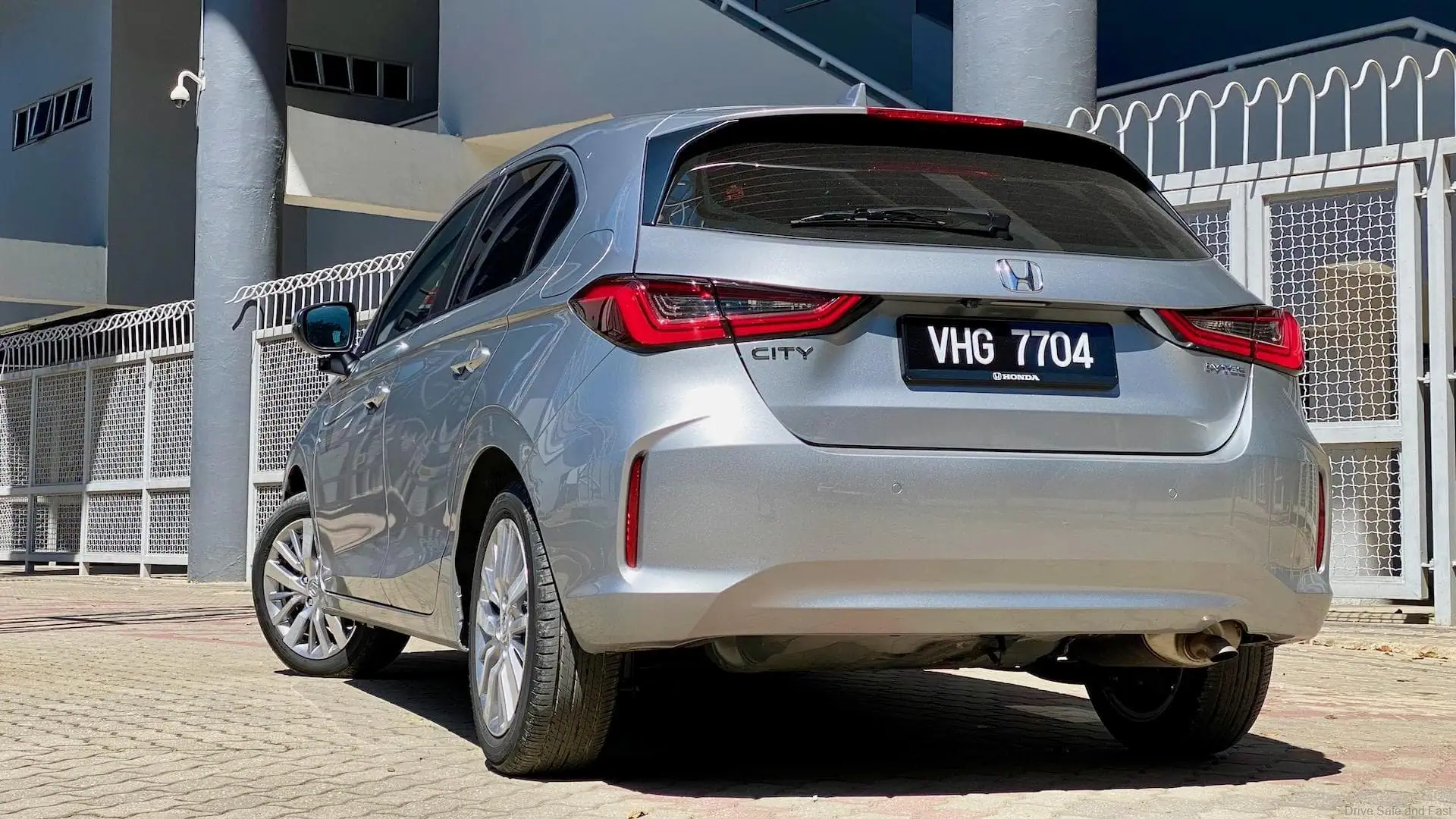
Honda City Hatchback 1.5 V Specifications
Engine: Inline-4, 16-Valve, DOHC, Petrol
Capacity: 1498 cc
Gearbox: CVT
Max power: 119hp @ 6,600rpm
Max torque: 145Nm @ 4300rpm
Top Speed: 194 km/h
0-100 km/h: 10.7 seconds
Price: RM95,600